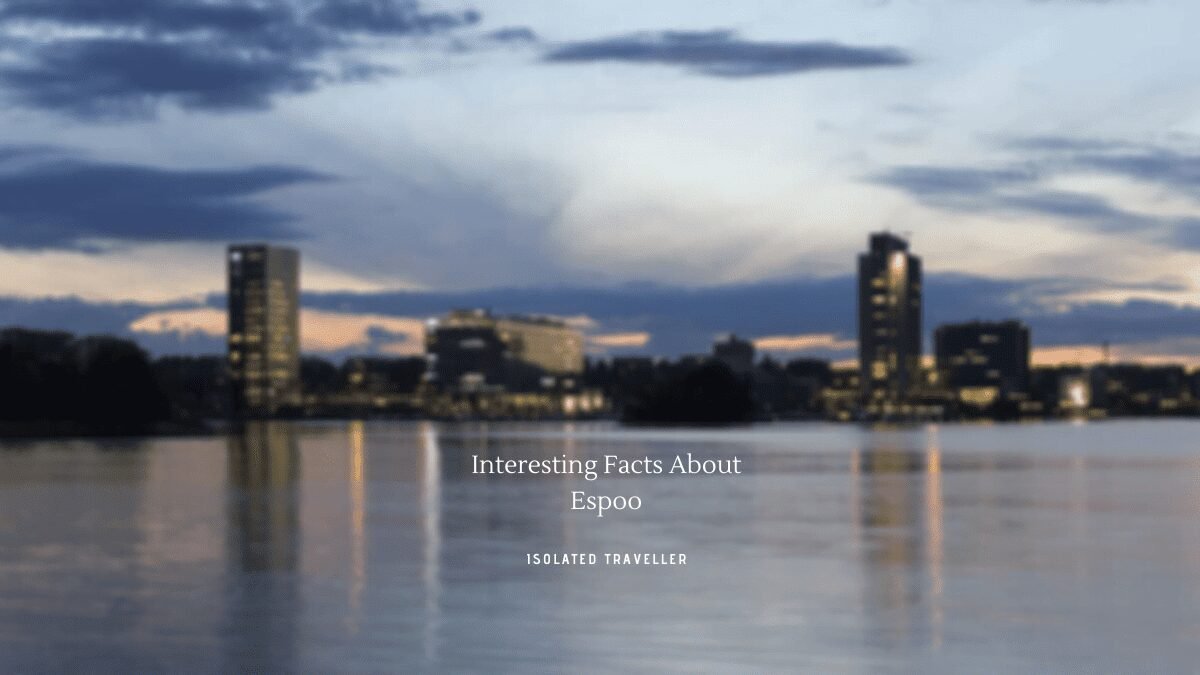Facts About Espoo
-
Espoo is the second-largest city and municipality in Finland. It is part of the Finnish Capital Region.
-
The first inhabitants in Espoo arrived about 9,000 years ago.
-
The first permanent village, however, didn’t get established until the 12th century, when the Kingdom of Sweden began exerting its influence on the region of modern-day Finland.
-
The city of Espoo is officially bilingual. The majority of the population, 83.6%, speaks Finnish as their mother tongue, while a minority of 8.3% speaks Swedish. 8% of Espoo’s population has a first language other than Finnish or Swedish.
-
The name Espoo probably comes from the Swedish name for the River Espoo, Espå (or Espåå), which in turn comes from the old Swedish word äspe, meaning a border of aspen, and the Swedish word for “river”, å, thus “a river bordered by aspen”. The name was first mentioned in 1431.
-
Espoo is twinned with: Esztergom, Hungary; Gatchina, Russia; Irving, Texas, United States; Køge, Denmark; Kongsberg, Norway; Kristianstad, Sweden; Nõmme, Estonia; Skagafjörður, Iceland; Shanghai, China & Sochi, Russia.
-
Some Noble people of Espoo include: Gösta Sundqvist, Joonas Suotamo, Kimi Räikkönen, Laura Lepistö, JJ Lehto, Jere Lehtinen, Alexi Laiho, Krista Kosonen, Kirsi Heikkinen, among others.
-
The city is has gained international fame as a hub of know-how, research and development, at the heart of which stands the Aalto University campus.
-
24 % population growth within the next 20 years
-
At the 1952 Summer Olympics, the city’s Westend Tennis Hall hosted the fencing events.
-
Espoo encompasses 528 square kilometres, of which 312 km2 is land.
-
The official animal of Espoo is the Siberian flying squirrel, the official bird is the common blackbird, and the official plant is Anemone nemorosa.
-
Espoo received its town charter in 1972.
-
The national park of Nuuksio is situated in northwestern Espoo.
-
Forty-one per cent of Espoo’s area is covered in water.


